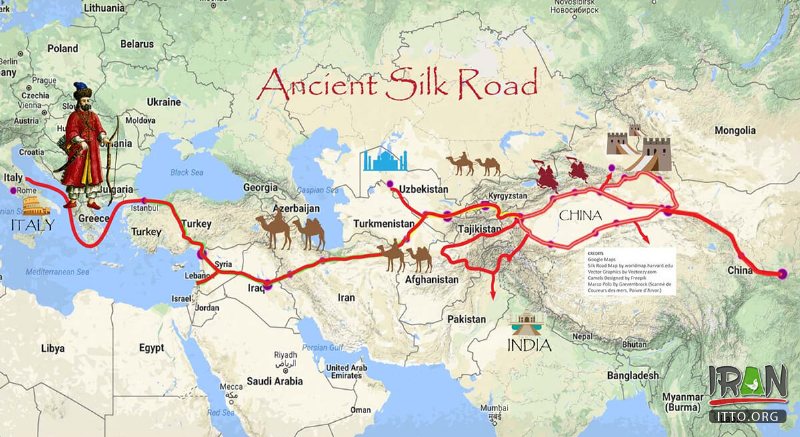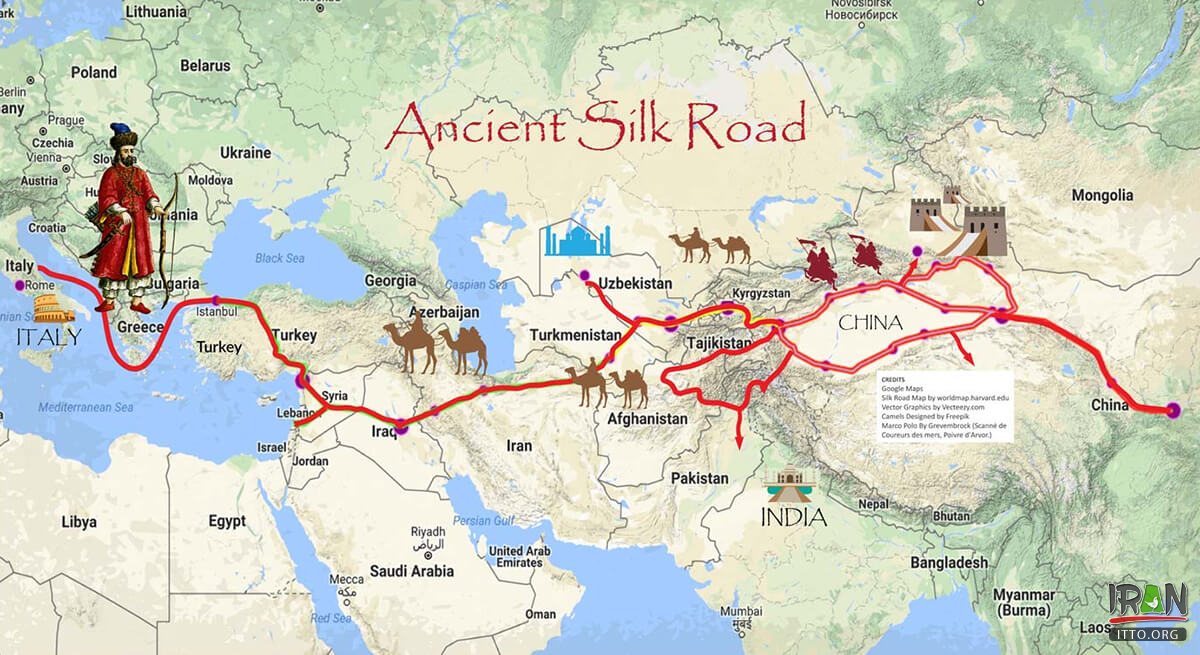A cultural exhibition, revolving around peace and friendship along the famed Silk Roads, opened to the public in the city of Hamedan on Monday.
The exhibit started concurrent with the 6th meeting of the Coordinating Committee on the Serial Transnational World Heritage Nomination of the Silk Roads, which will be running through September 26 in the ancient city.
The exhibition is intended to develop tourism and strengthen cultural relations [among the Silk Road countries], Hamedan Mayor Abbas Sufi said.
“Undoubtedly, organizing such a meeting on the Silk Roads is of very high importance and we try to be a perfect host,” the official added.
Organized by the UNESCO World Heritage Center and UNESCO Cluster Office in Tehran in cooperation with the Iranian National Commission for UNESCO and the Iranian Ministry of Cultural Heritage, Handicrafts, and Tourism, the meeting is scheduled to bring together experts from sixteen participating countries of the Intergovernmental Coordinating Committee for the Silk Roads serial transnational World Heritage nomination.
Representatives from Iran, Afghanistan, China, India, Japan, Kazakhstan, Kyrgyzstan, Nepal, Pakistan, the Republic of Korea, Tajikistan, Turkey, Turkmenistan and Uzbekistan, as well as Bhutan as an observer have been invited to the event.
The ancient Silk Road has existed for thousands of years, passing through many different empires, kingdoms, reigns and societies throughout history. At certain times in its long history, traders could travel freely along these routes, whereas at others, travel was difficult or dangerous.
According to UNESCO, the Silk Road enriched the countries it passed through, transporting cultures, religions, languages and of course material goods into societies across Europe, Asia and Africa, and uniting them all with a common thread of cultural heritage and plural identities.



